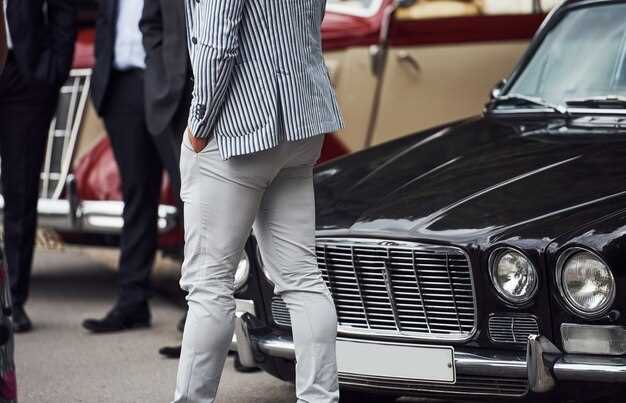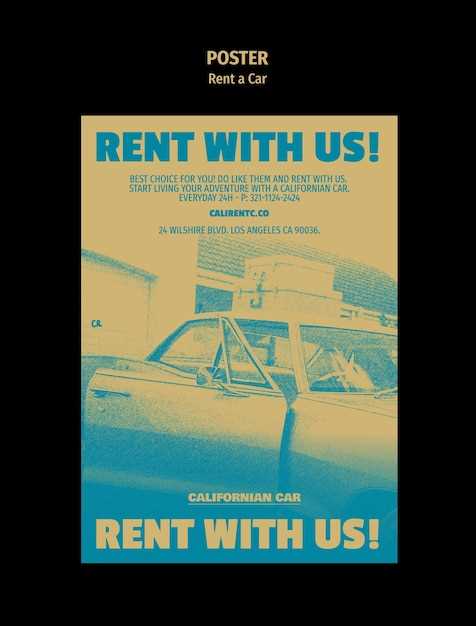
Participating in a vintage car auction can be an exhilarating experience, providing enthusiasts with the chance to acquire rare and classic automobiles. However, the process of bidding at an auction can be daunting without proper preparation. Understanding the intricacies of vintage car auctions is essential for anyone looking to make a successful purchase.
One of the first steps in achieving success at a vintage car auction is to do thorough research on the cars being offered. Knowing the value, history, and condition of a vehicle helps potential bidders make informed decisions. This knowledge not only aids in evaluating bids but also enhances the overall experience by fostering confidence during the auction.
Additionally, mastering the auction dynamics, including familiarizing oneself with auctioneer tactics and the pacing of bidding, can significantly influence outcomes. By developing strategies and understanding the auction format, buyers can position themselves for success and secure the car of their dreams without excessive overspending.
Understanding the Bidding Process for Vintage Cars

Participating in a vintage car auction requires a clear comprehension of the bidding process. This process is designed to create a competitive environment where buyers can bid on cars they desire. Understanding how it works can increase your chances of acquiring your dream vintage vehicle.
The auction typically begins with the auctioneer introducing each vintage car. Take this time to inspect the vehicle thoroughly, noting its condition, history, and any other pertinent details that may affect its value. Engage with the provided documentation to ensure you are well-informed before the bidding starts.
Once the auction commences, the bidding process kicks off. This usually starts at a predetermined minimum bid set by the auctioneer. Participants raise their paddles or signal their bids, indicating the amount they are willing to pay. As the bidding progresses, it often becomes a fast-paced competition, with bidders attempting to outlast one another.
It’s essential to establish a budget before entering the auction. This will help you stay focused and avoid impulsive decisions. Be mindful of the incremental raise in bids; often, the increments will be specified by the auctioneer, and knowing these can help you plan your strategy effectively.
During the bidding process, watch for signs of competition among other bidders. Understanding their behavior can inform your own decisions–whether to bid aggressively or hold back. Patience and observation can be as critical as having the funds available.
As the bidding nears its conclusion, the atmosphere can become tense. Remember that your goal is to secure the vintage car at a price that aligns with your budget. When the auctioneer declares “going once, going twice,” staying calm is essential. If the final bid falls within your limits, raise your paddle confidently to make your winning bid.
Successful navigation of the bidding process at a vintage car auction can lead to the acquisition of a prized vehicle. With preparation, understanding, and strategy, you can enhance your auction experience and ultimately drive away with a classic treasure.
Researching and Evaluating Cars Before the Auction

Before participating in a vintage car auction, thorough research and evaluation of the vehicles on offer is essential to ensure a successful bidding process. Begin by gathering information about specific makes and models that interest you. Study their historical significance, production numbers, and typical market values to gain insight into what constitutes a fair price.
Utilize various resources, including online databases, vintage car clubs, and auction house catalogs, to compile a list of potential cars. Pay attention to the car’s provenance, including any previous ownership history, modifications, and restoration work. Authenticity is a crucial factor in determining a car’s value, so verify documentation and seek expert opinions when necessary.
Inspecting the car in person is critical. If possible, attend pre-auction viewings to assess the condition of the vehicles directly. Look for signs of rust, mismatched paint, and wear on the interior. Take note of the car’s mechanical state, as that will impact future maintenance costs and driving experience. Engage with auction specialists to ask questions about the vehicles and obtain expert evaluations.
Additionally, compare similar models sold in previous auctions to establish pricing trends. Keep track of market fluctuations and understand how various factors such as rarity, demand, and condition affect bidding behavior. By adequately researching and evaluating cars, you will be better equipped to make informed decisions during the auction, ultimately increasing your chances of securing the right vintage car.
Strategies for Successful Bidding and Winning the Auction
Participating in a vintage car auction can be both thrilling and challenging. To enhance your chances of winning, it is essential to implement effective bidding strategies. Here are some key approaches that can help you secure your desired vintage car:
- Do Your Research:
Before the auction, gather as much information as possible about the cars you are interested in. Investigate the car’s history, condition, and market value. Resources like auction catalogs, car valuation guides, and online forums can be invaluable.
- Set a Budget:
Decide on a maximum bid amount before the auction begins. This helps you avoid overspending in the heat of the moment. Ensure that you consider additional costs, such as buyer’s premiums, taxes, and potential restoration expenses.
- Attend Pre-Auction Events:
If possible, participate in pre-auction viewings or events. This gives you an opportunity to inspect the cars in person and meet the sellers. It also helps you network with other bidders, which can provide insights into their bidding strategies.
- Strategic Bidding:
- Start Low: Consider placing a modest opening bid to gauge interest before increasing your offer.
- Bid Confidently: Once you identify your target car, place your bids assertively to deter competition.
- Be Patient: Avoid getting caught in bidding wars. Sometimes, waiting until the final moments can yield advantages.
- Know When to Walk Away: If the bidding exceeds your budget or the car’s value, be prepared to withdraw.
- Observe Other Bidders:
Pay attention to the strategies used by other participants. Identifying seasoned bidders’ patterns can provide clues about when to bid or hold back.
- Stay Calm and Collected:
During the auction, maintain your composure. Emotional decisions can lead to regret. Stay focused on your strategy and avoid impulsive bids.
Employing these strategies can significantly boost your confidence and efficiency in the bidding process, ultimately leading to a successful acquisition of your desired vintage car.

